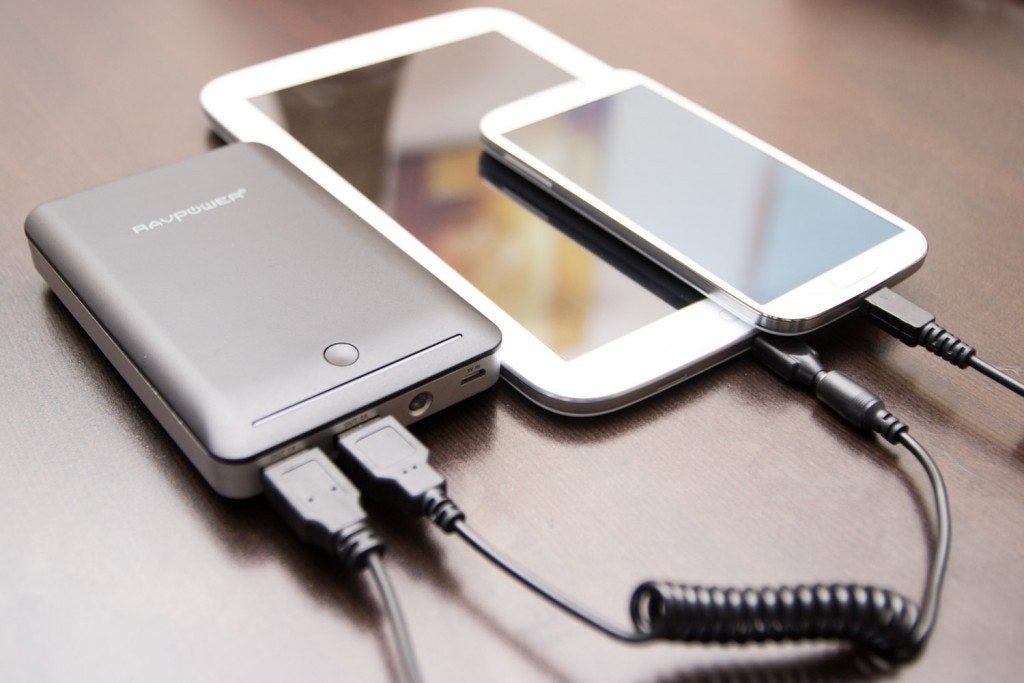
Power banks have become an essential accessory in our increasingly connected lives, providing a portable solution to keep our devices charged on the go. Over the years, these handy gadgets have evolved from simple battery packs into sophisticated smart devices with a range of advanced features. Here’s a look at how power banks have transformed and what the future holds for these indispensable tools.
Early Days: The Simple Battery Pack
Basic Functionality
In their earliest iterations, power banks were straightforward devices designed primarily to provide a portable power source for smartphones and other electronic devices. These early models typically featured a basic design, a single battery cell, and minimal functionality. They were primarily valued for their ability to extend the battery life of devices when access to a power outlet was unavailable.
Limited Capacity and Features
The capacity of early power banks was relatively modest, often ranging from 2,000 to 5,000 milliampere-hours (mAh). Their design focused on basic functionality, with limited options for charging multiple devices simultaneously or providing advanced features like fast charging.
The Rise of Multi-Port and High-Capacity Models
Enhanced Capacity
As the demand for portable power increased, manufacturers began to develop power banks with higher capacities. Models with 10,000 mAh or more became common, providing users with the ability to charge multiple devices or extend usage times significantly. This evolution catered to the growing needs of tech-savvy consumers and travelers.
Multiple Charging Ports
To accommodate the simultaneous charging of multiple devices, power banks started incorporating multiple USB ports. This development allowed users to charge their smartphones, tablets, and other gadgets all at once, making power banks more versatile and practical for various situations.
Introduction of Fast Charging
With advancements in technology, the inclusion of fast charging became a significant feature in power banks. Technologies like Qualcomm Quick Charge and USB Power Delivery (USB-PD) were introduced, allowing for quicker charging times and improved efficiency. These innovations addressed the need for faster power replenishment, particularly in today’s fast-paced world.
The Era of Smart Power Banks
Smart Technology Integration
The next phase in the evolution of power banks saw the integration of smart technology. Smart power banks are equipped with advanced features such as:
-
Intelligent Charging: Automatically adjusts the power output to match the requirements of connected devices, optimizing charging efficiency and protecting battery health.
-
Battery Management Systems: Monitors battery health and performance, providing insights into the power bank’s status and ensuring safe operation.
-
LED Indicators and Apps: Many smart power banks include LED indicators to display remaining power and charging status, while some models offer companion apps for real-time monitoring and control.
Wireless Charging Capabilities
The introduction of wireless charging power banks marked a significant milestone. These devices use Qi wireless charging technology to charge compatible devices without the need for cables. This feature enhances convenience and reduces cable clutter, making charging more seamless and user-friendly.
Solar-Powered Models
For those who spend time outdoors or in areas with limited access to traditional power sources, solar-powered power banks became a valuable addition. These models incorporate solar panels to harness solar energy, allowing users to recharge the power bank using sunlight. This innovation supports sustainable energy practices and provides a reliable power source in remote locations.
The Future: Advanced Features and Sustainability
Integration with Smart Devices
Looking ahead, the evolution of power banks is likely to include further integration with smart devices and IoT (Internet of Things) technologies. Future power banks may offer enhanced connectivity features, such as Bluetooth or Wi-Fi, enabling users to control and monitor their power banks remotely or integrate them with other smart home devices.
Increased Focus on Sustainability
As environmental concerns continue to grow, there is a strong emphasis on developing eco-friendly power banks. This includes using sustainable materials, improving energy efficiency, and incorporating recycling programs. The focus on reducing environmental impact will likely shape the future of power banks, aligning with broader trends towards sustainability in technology.
Advanced Battery Technologies
Future advancements in battery technology may lead to power banks with even higher capacities, faster charging speeds, and longer lifespans. Innovations such as solid-state batteries or graphene-based batteries could revolutionize the power bank industry, providing users with more powerful and efficient charging solutions.
Conclusion
The evolution of power banks from basic chargers to sophisticated smart devices reflects the broader trends in technology and consumer needs. With advancements in capacity, charging technology, and smart features, power banks have become more versatile and user-friendly. As we look to the future, ongoing innovations in connectivity, sustainability, and battery technology promise to further enhance the functionality and convenience of power banks. Embracing these advancements ensures that we stay connected and powered up, no matter where life takes us.